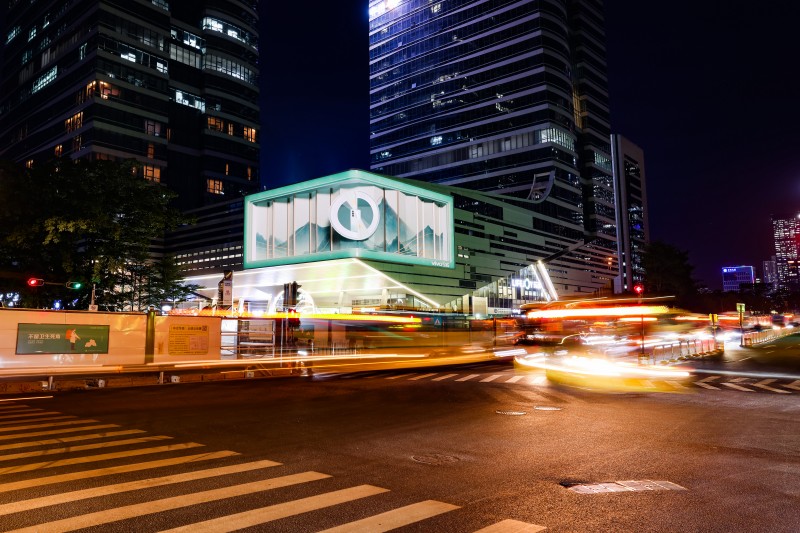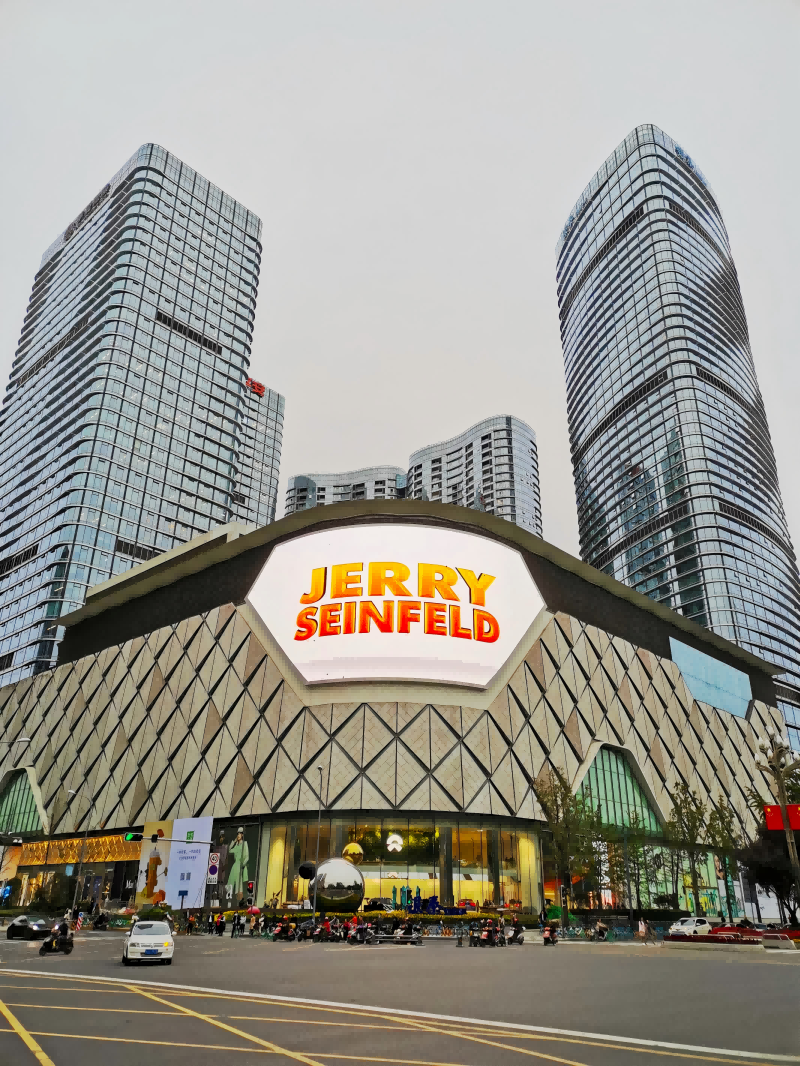Sansi LED: Sustainable LED Lighting and Integrated LED Display
Delivering premium and professional LED Display, LED Lighting, Smart City Integration solutions, trusted by over 60,000 companies worldwide everyday. From industrial lighting to commercial lighting, from outdoor advertising to XR & VR production, Sansi LED greatly improves the quality and sustainability of your business with 30 years of expert experiences.
Curved LED displays are revolutionizing modern advertising, entertainment venues, and architectural design with their immersive visuals and sleek aesthetics. However, installing these advanced arc-shaped screens comes with unique technical challenges. From battling harsh weather conditions to ensuring long-term reliability, here’s how to tackle the top five hurdles when deploying a curved LED display.

Wind Resistance: Balancing Flexibility and Structural Integrity
Curved screens, especially those installed outdoors, face significant wind pressure. Unlike flat screens, their shape can amplify stress on the frame, risking deformation or collapse.
Robust Framework Design: Use high-grade aluminum alloy or reinforced steel structures to anchor the screen. These materials offer flexibility for curvature while maintaining rigidity.
Wind Load Analysis: Conduct site-specific wind load calculations to determine optimal installation angles and support spacing.
Modular Installation: Break the screen into smaller, interlocking modules to distribute wind force evenly and reduce stress points.
Heat Management: Preventing Overheating in Confined Spaces
Curved displays often have tightly packed LED modules, which trap heat and shorten component lifespan. Poor heat dissipation can lead to color distortion or system failure.
Active Cooling Systems: Integrate silent fans or liquid cooling technology to maintain airflow around high-density modules.
Passive Heat Dissipation: Use aluminum alloy cabinets with built-in heat sinks to naturally radiate heat.
Smart Temperature Monitoring: Install IoT-enabled sensors to trigger cooling mechanisms when temperatures exceed safe thresholds.
Waterproofing: Shielding Against Rain and Humidity
Outdoorarc-shaped screens are exposed to rain, humidity, and dust, which can corrode circuits and cause short circuits.
IP65+ Enclosures: Opt for modules rated IP65 or higher to block water ingress. Reinforce seams with silicone seals.
Sloped Design: Angle the screen slightly to encourage rainwater runoff and prevent pooling.
Anti-Condensation Coatings: Apply nano-coatings to internal components to repel moisture in humid climates.

Seamless Visual Alignment: Preserving Image Continuity
Curved screens demand precise module alignment to avoid visible gaps or distorted imagery, especially at wide viewing angles.
Precision Calibration Tools: Use software-driven alignment systems to adjust pixel spacing during installation.
Flexible Module Connections: Employ adaptive brackets that allow micro-adjustments to maintain curvature consistency.
On-Site Testing: Conduct real-time visual tests to identify and correct distortions before finalizing installation.
Maintenance Accessibility: Simplifying Repairs in Tight Spaces
The curved design can make accessing faulty modules or cables challenging, increasing downtime during repairs.
Front-Service Design: Choose modules that allow panel removal from the front, eliminating the need for rear access.
Modular Components: Use plug-and-play connectors for quick module replacement.
Durable Materials: Invest in corrosion-resistant coatings to minimize wear and tear.
While curved LED displays offer unparalleled visual impact, their installation requires specialized expertise. By addressing wind resistance, heat management, waterproofing, visual alignment, and maintenance upfront, businesses can ensure longevity and performance.
